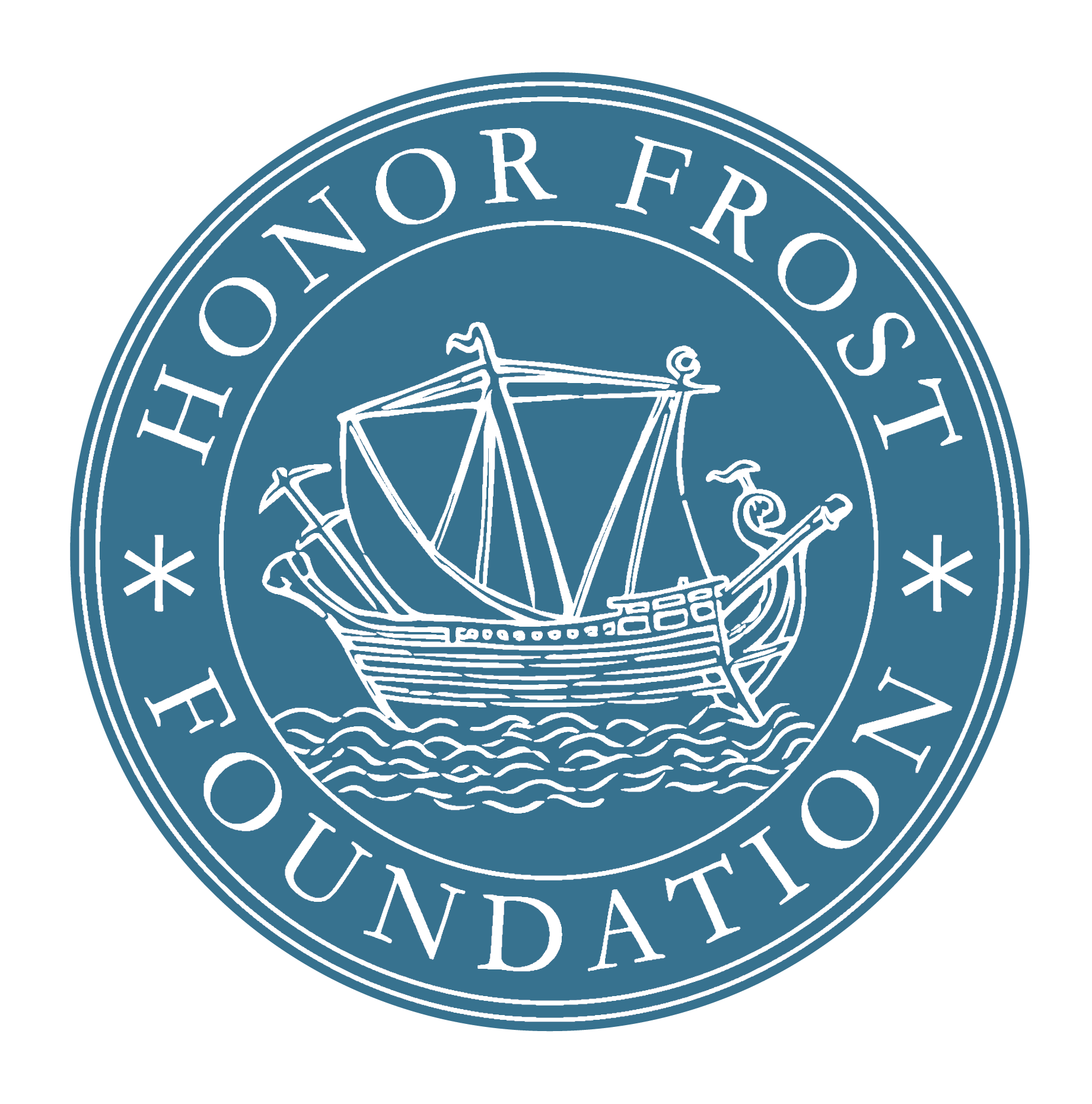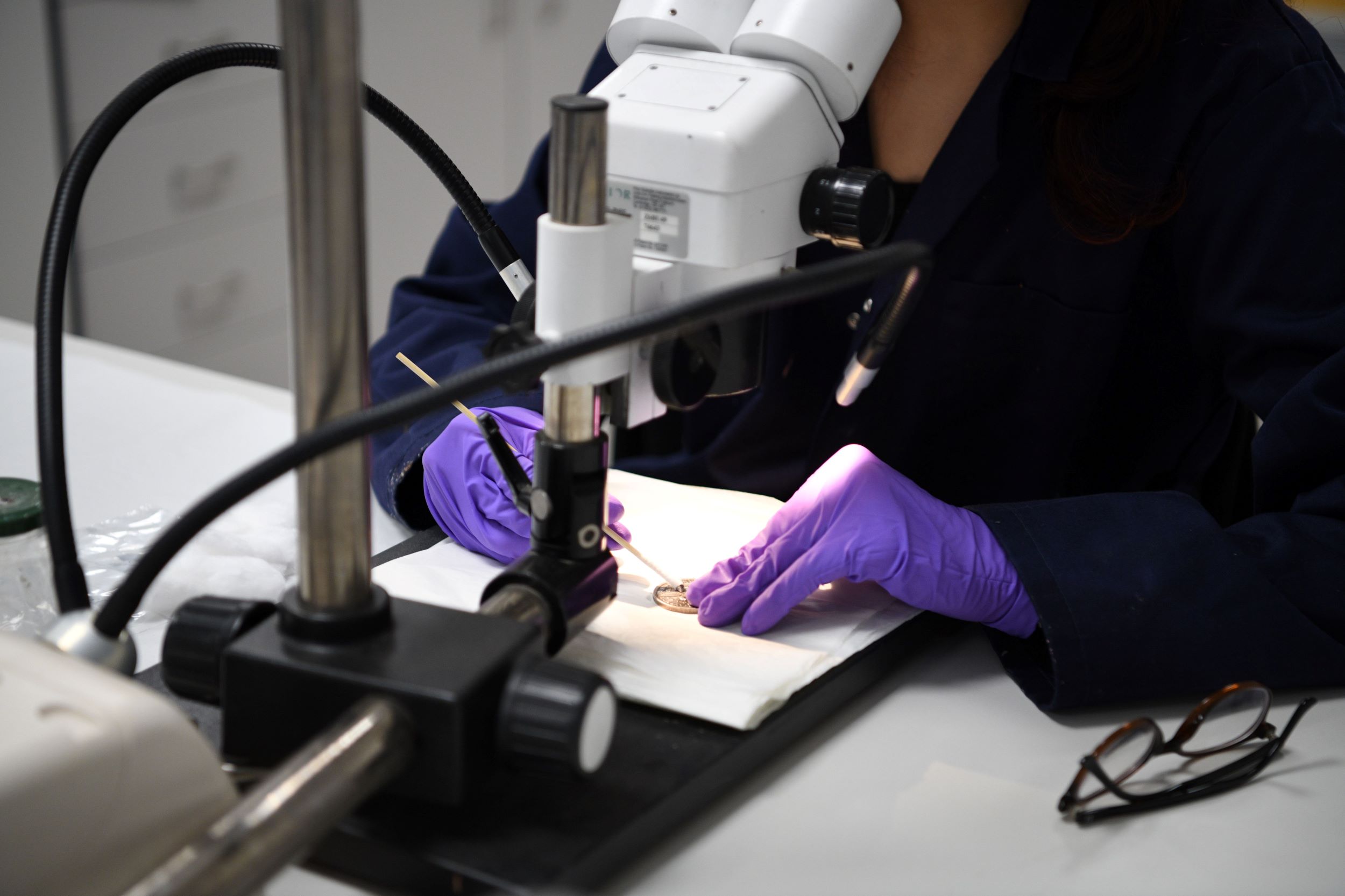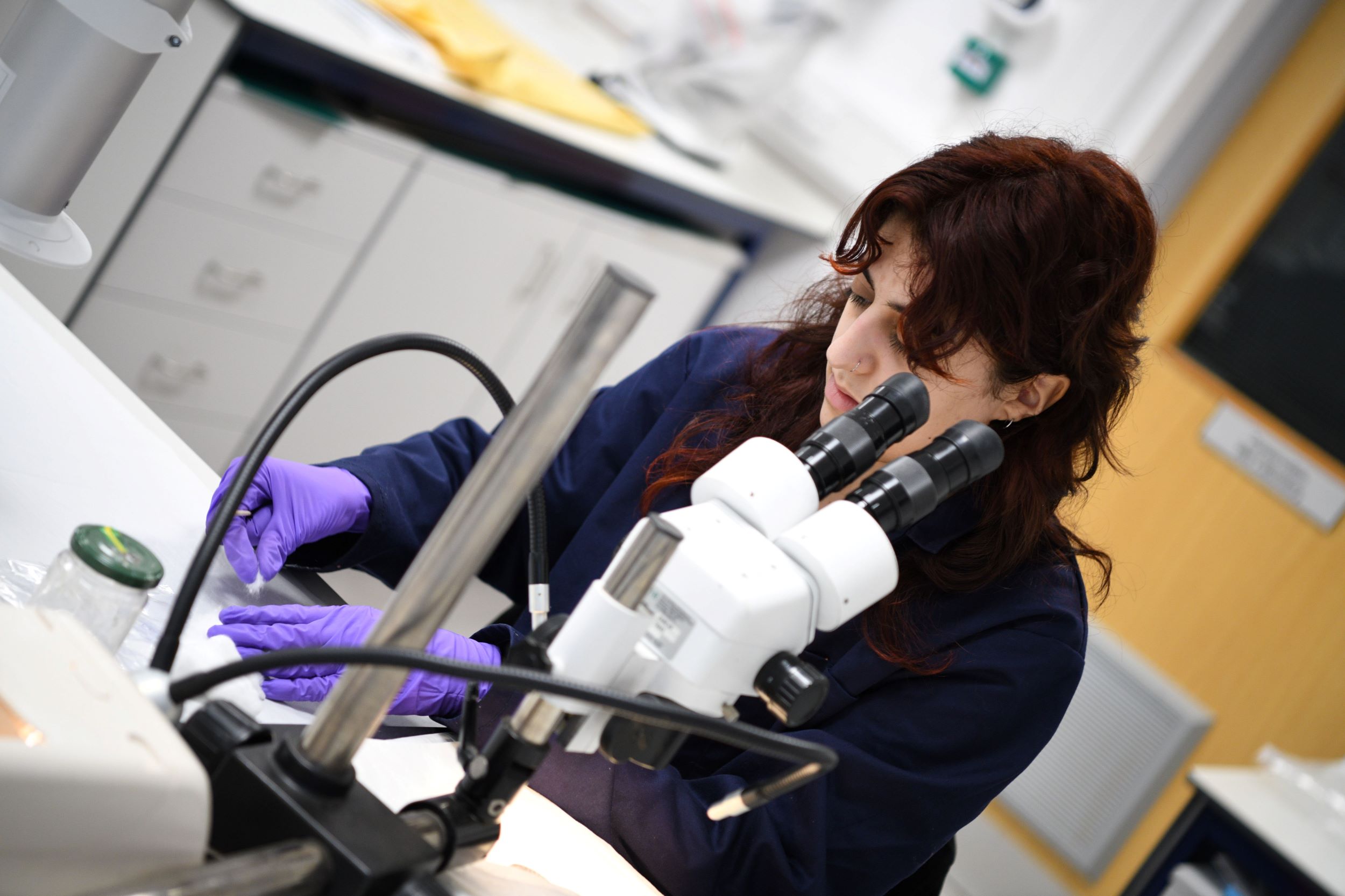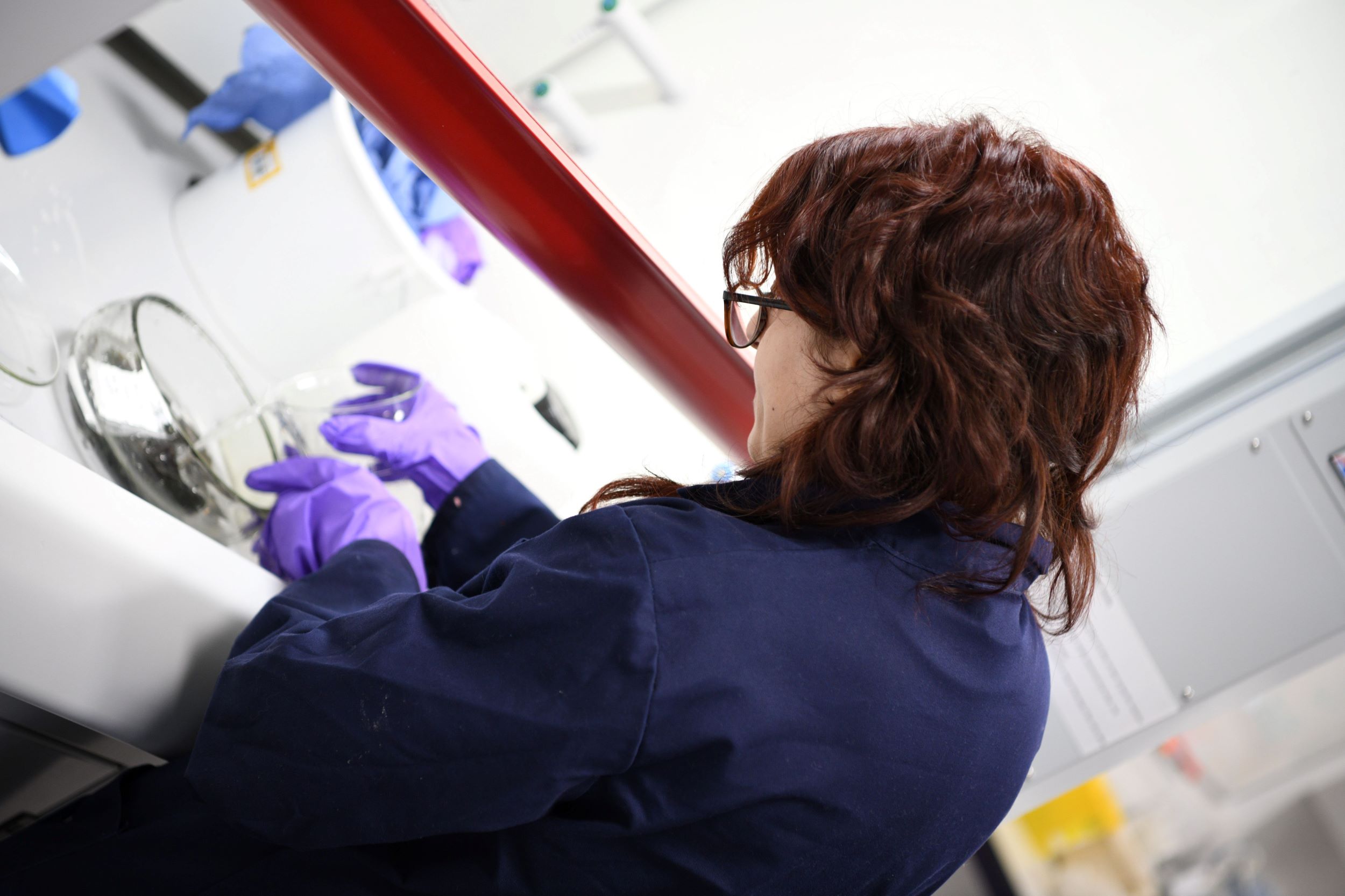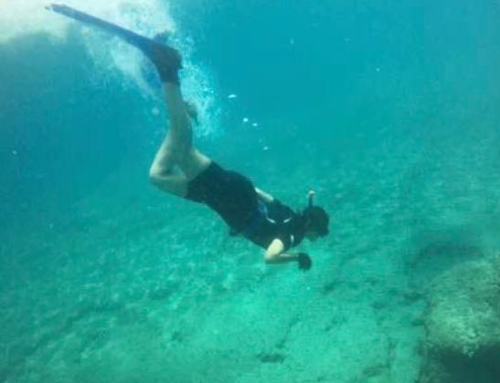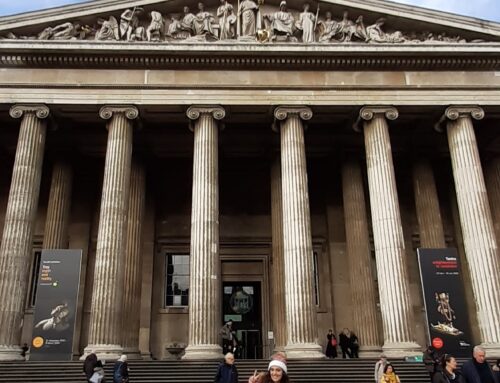Reem Nader- 2023- Durham University
 With a background in archaeology from the Lebanese University and an MSc in Marine Science and Culture from the American University of Beirut, my academic pursuit in the conservation of waterlogged maritime cultural heritage has been catalysed by the invaluable support of the Honor Frost Foundation. Their financial backing facilitated my enrolment in the MA course in Conservation of Archaeological and Museum Objects at Durham University, significantly alleviating initial barriers.
With a background in archaeology from the Lebanese University and an MSc in Marine Science and Culture from the American University of Beirut, my academic pursuit in the conservation of waterlogged maritime cultural heritage has been catalysed by the invaluable support of the Honor Frost Foundation. Their financial backing facilitated my enrolment in the MA course in Conservation of Archaeological and Museum Objects at Durham University, significantly alleviating initial barriers.
During the initial semester, I immersed myself in foundational theories and practical methodologies of conservation, refining my laboratory techniques. As the second term draws to a close, I have expanded my repertoire to include the treatment of various materials such as ceramics, metals, and waterlogged leather and glass. Proficiency in mending, restoring, and stabilising highly degraded artefacts has been acquired. Moreover, a comprehensive understanding of composite material behavior and the application of scientific methods to assess potential deterioration risks has been developed.
Equipped with the ability to discern environmental factors impacting museum collections, I am adept at devising effective environmental control strategies. The invaluable support extended by the Honor Frost Foundation transcends financial aid; it signifies a collective commitment to nurturing expertise in the preservation of the maritime cultural heritage.
The 2023-2024 academic year in Durham University’s MA Conservation of Archaeological and Museum Objects programme has been essential for my growth as a conservator, especially in the conservation of waterlogged and other challenging archaeological materials. Through rigorous coursework, practical conservation projects, and hands-on training with scientific techniques, I have gained valuable skills and insights that lay a strong foundation for future specialisation, particularly in underwater and maritime archaeology.
This year, my studies focused on developing expertise across a wide range of materials frequently encountered in both terrestrial and underwater contexts, including ceramics, wood, leather, glass, and metals. Working with these materials enabled me to develop tailored conservation strategies informed by a detailed understanding of each material’s decay mechanisms and preservation needs. Working with complex waterlogged materials has been particularly transformative; as these materials are highly susceptible to rapid deterioration, their conservation requires specialised approaches that consider both structural stabilisation and long-term preservation.
A highlight of the year was the Conservation Skills module, where I undertook the conservation of two challenging waterlogged materials—medieval glass and leather—commonly recovered from submerged environments. These materials necessitated precise, adapted treatments. For the glass, I applied solvent drying techniques, a method that helped reduce internal stress in the material while maintaining its integrity for future study and display. Similarly, conserving waterlogged leather required the use of non-vacuum desiccation and impregnation techniques. These methods aim to preserve the leather’s pliability and structural integrity without causing shrinkage or distortion, both common issues in the conservation of waterlogged leather. The experience was invaluable in advancing my understanding of material-specific approaches and in preparing me to handle similar underwater artefacts professionally.
Throughout the year, I also pursued scientific training to supplement my practical skills. Engaging in workshops on Fourier-transform infrared spectroscopy (FTIR), scanning electron microscopy with energy-dispersive X-ray spectroscopy (SEM-EDX), and portable X-ray fluorescence (pXRF) introduced me to essential investigative methods used to assess and identify materials. These techniques were particularly useful in analysing decay products and surface compositions, as they provided evidence-based insights into the unique challenges of marine corrosion and contamination. By integrating scientific analysis with hands-on conservation, I have strengthened my capacity to make informed treatment decisions based on a comprehensive understanding of each material’s chemical and structural properties.
Additionally, I expanded my conservation experience by working with an assortment of other archaeological materials, such as ceramics and metals, which allowed me to refine a broad spectrum of conservation techniques. This experience contributed to my ability to assess artefacts with a well-rounded perspective on their preservation needs, whether they come from terrestrial sites or submerged contexts. Handling such diverse materials has reinforced my understanding of foundational conservation principles and given me the flexibility to adapt treatments to artefacts with different structural and chemical characteristics.
This year has laid a solid foundation for continued learning and skill development. My Professional Practice placement next year at the Royal Albert Memorial Museum (RAMM) in Exeter will build on this by immersing me in the practical aspects of museum conservation and allowing me to work alongside senior conservators. This experience is expected to sharpen my professional judgement, improve my research capabilities, and develop my skills in real-world conservation scenarios. I am eager to apply my evolving expertise to projects at RAMM, especially those focusing on underwater cultural heritage. This placement will be instrumental in preparing me for a future career dedicated to the preservation of archaeological materials, with an emphasis on maritime and submerged artefacts.
